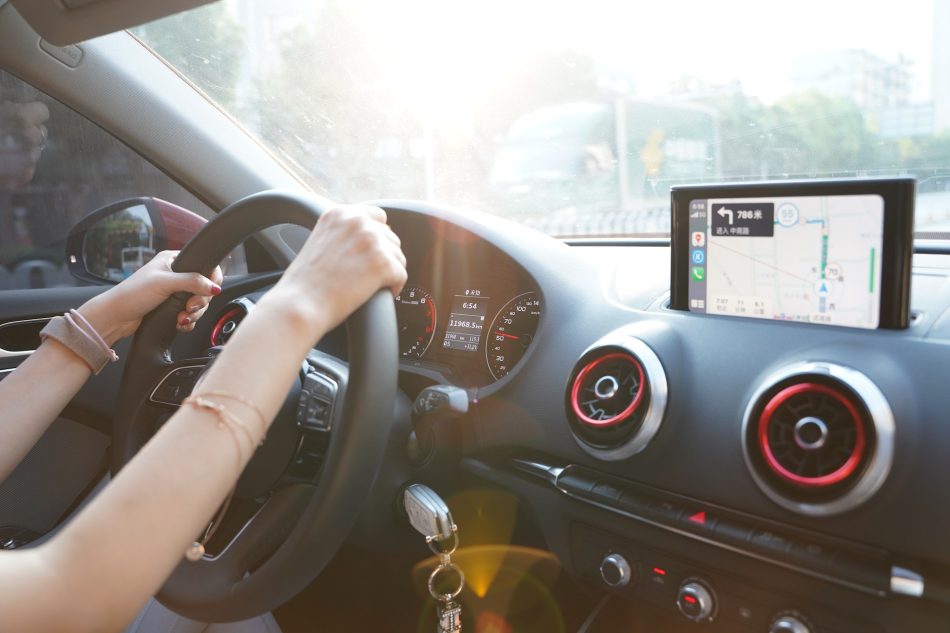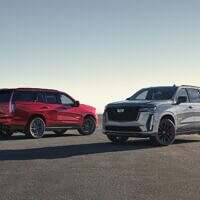In a world where the love affair with cars, particularly SUVs, continues unabated, the push for more integrated, sophisticated, and standard tech features is ever-growing. There will be a staggering 1.2 billion more cars added to the already congested roads by 2023 – according to greencarreports.com website.
Why modern cars still being sold without navigation as standard convenience feature is perplexing – to say the least. Of all the mandatory (by government regulations) car accessories, a seemingly simple yet overlooked feature stands out — navigation.

GPS navigation systems have evolved from standalone, bulky devices to sleek, integrated features in modern vehicles, such as 2023 SUVs. They’ve proved more than just useful tools for finding your way to the nearest gas station.
Making navigation apps standard in all new vehicles has some notable advantages. Let’s dig into them.
1. Energy Conservation: Idling in traffic is an energy-inefficient practice. It wastes fuel, adds to your running costs, and negatively impacts the environment. With a standard navigation system, you can avoid such scenarios by planning routes that circumnavigate congested areas or calculate the fastest route, even during peak hours.
2. Alleviating Traffic Congestion: Imagine a city where most vehicles are using real-time navigation systems. They will be optimally distributed across all available routes, significantly reducing rush-hour congestion. An evenly distributed traffic load makes commuting smoother, faster, and more efficient for everyone.
3. Rapid Response to Traffic Accidents: Navigation apps are capable of real-time updates, providing alternate routes when accidents occur. This functionality helps clear the accident scene faster, as fewer cars approach the area, and decreases the likelihood of secondary accidents caused by sudden congestion.
4. Safer Roads: Congestion often leads to road accidents. By providing alternate routes and reducing congestion, navigation apps can contribute to safer road conditions.
5. Boosting National Productivity: Time is money. The less time individuals spend commuting, the more time they have for productive activities. Companies can also benefit from less downtime due to traffic delays.
These benefits all add up to a compelling case for why navigation apps should be standard in every new car. But how do they fit in the grand scheme of automotive innovations?
A Step Forward in Automotive Innovation
Cars have come a long way from being mere modes of transport. They are now packed with advanced tech, offering seamless integration with smartphones and other smart devices. There’s no better example of this than in the realm of plug-in hybrid electric SUVs (PHEVs). As vehicles become smarter and more connected, navigation systems are a crucial part of this transformation.
With the recent upsurge in electric vehicles, the need for such systems becomes even more pronounced. For instance, they can display charging stations’ availability and location, making EV ownership even more convenient.
To conclude, the future of vehicle technology seems incomplete without considering the potential of navigation apps. While we marvel at high-tech luxury SUVs, it’s essential to appreciate the ‘smaller’ features that contribute to significant improvements in our driving and living experience. Making navigation apps a standard feature in all new vehicles could very well be the next crucial step in this journey.



